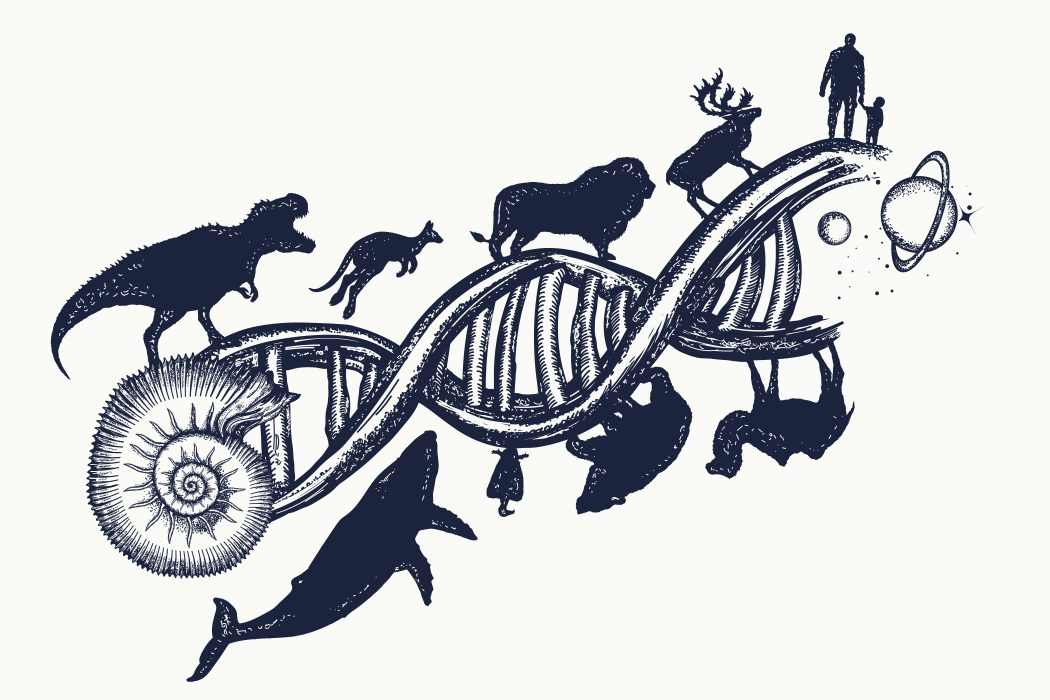People of ancient times didn’t need a clock to notice that days are shorter during the winter and longer in the summer. Their sages (wise men and, sometimes, women) even knew when solstice (the shortest and longest days of the year) was going to come. Carefully calculating when the solstices would be helped them plan their planting, harvest and year. They used these two very special days as a form of calendar. For them, the year began and ended during the Northern Solstice.
Traditions and folk tales from around the world show that the influence of solstice was strong. While archaeologists (people who study ancient cultures through the things they left behind) don’t have all the answers, they have good information and some educated guesses about how and why the ancients observed and celebrated both the Northern and Southern solstices.
In England, Stonehenge stands as a long-lasting mystery. No one knows exactly what purpose it served, but we do know that the sun sets on the evening of the Southern Solstice (winter) in exactly the same place every year, when viewed from the middle of Stonehenge’s circular layout. A lesser known monument in Ireland, Newgrange, is similar. It seems to be lined up with the sunrise of the same day. Could the ancient monuments have been giant calendars where people from long ago watched and waited for the solstice? It is likely, but there is no way to prove or disprove that theory.
Stonehenge is a popular place for tourists
The modern day ruins of Stonehenge.
Winter solstice was important to the ancients because it marked the middle of the hardest time of their year. Winter was a time of hunger and disease. Winter Solstice meant they were half way to summer. They marked the time with feasting. Cattle were slaughtered, providing fresh meat. Beer and wine, which had been fermenting all year, was finally ready to drink. In America, the Hopi Indian tribe participated in 20 days of prayers to help the sun find its way back to them. All over the Northern Hemisphere, people took courage to face the last of the harsh winter season.
Midsummer was observed on the date of the Northern Solstice. With long days and short nights, the people celebrated the power of the sun. In Ireland, bonfires were set to reflect that power. In China, people celebrate the Li, the goddess of light. Summer solstice was also celebrated by Native Americans, from the Hopi to the Pueblo Indians, with prayer sticks and feasting. The summer celebrated life.
While we may not celebrate the solstices with as much diligence as the ancients, it is still a part of our world. Christmas, the date we celebrate the birth of Jesus Christ, was placed near solstice. (Most scholars think he was probably born in February.) Hanukkah, the Festival of Light, is celebrated near winter solstice. Many couples still choose June as the month they wed. They may not even know why that is a ‘good wedding month’, but the ancients did. Couples used to marry on or near the Summer Solstice to give their marriage a better chance for happiness and many children. Without knowing it, we still observe the solstices.






